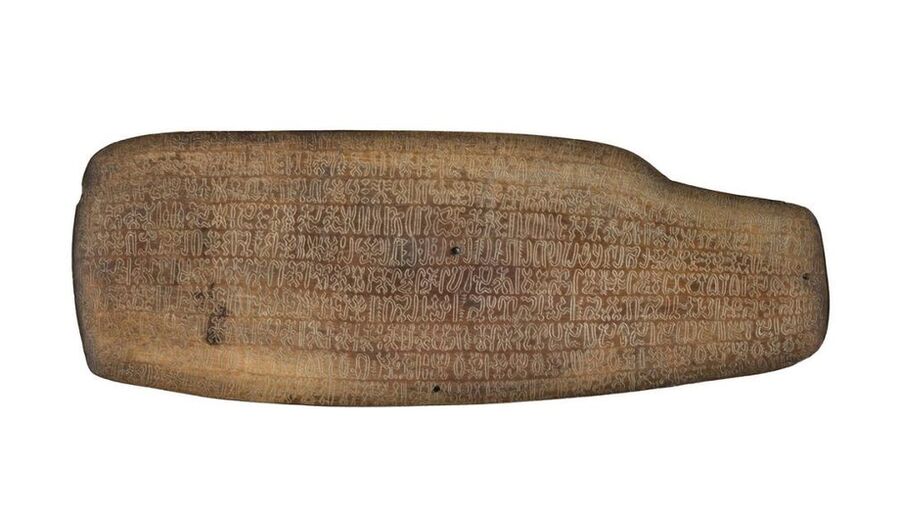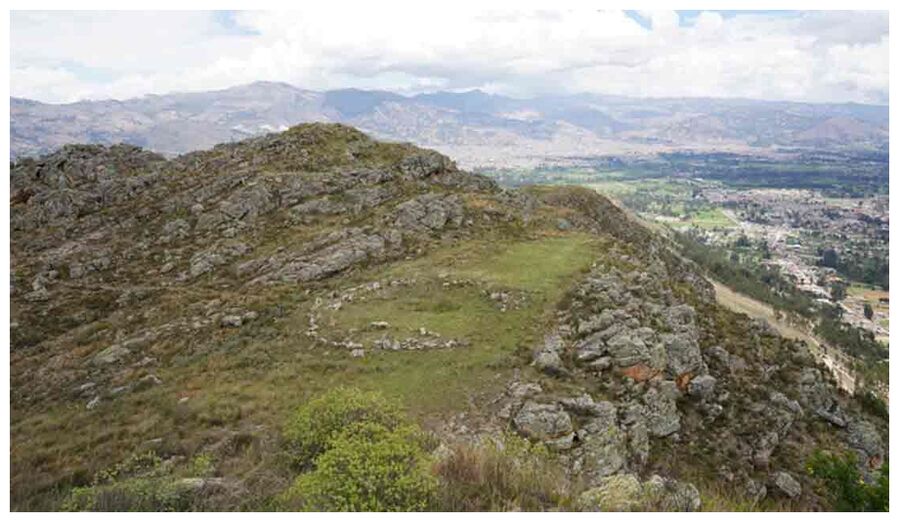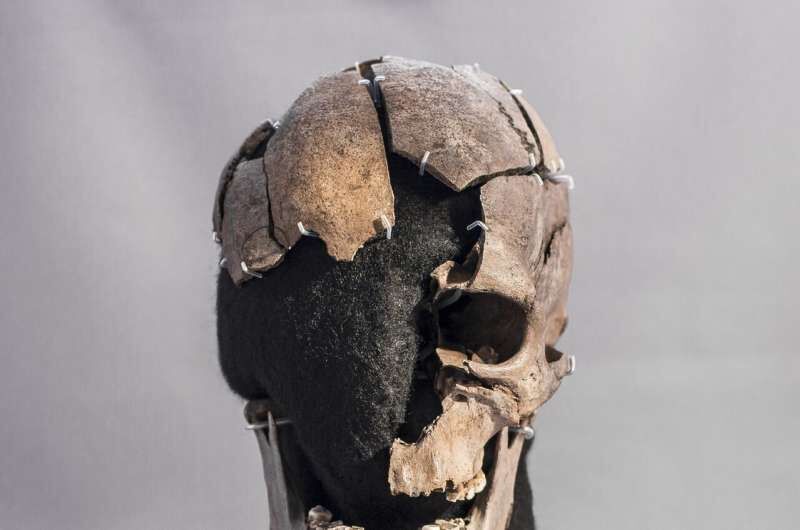
There are three basic problems with the CIA: its objectives, methods, and unaccountability. Its operational objectives are whatever the CIA or the President of the United States defines to be in the U.S. interest at a given time, irrespective of international law or U.S. law. Its methods are secretive and duplicitous. Its unaccountability means that the CIA and president run foreign policy without any public scrutiny. Congress is a doormat, a sideshow.
As a recent CIA Director, Mike Pompeo, said of his time at the CIA:
"I was the CIA director. We lied, we cheated, we stole. We had entire training courses. It reminds you of the glory of the American experiment."The CIA was established in 1947 as the successor to the Office of Strategic Services (OSS). The OSS had performed two distinct roles in World War II, intelligence and subversion. The CIA took over both roles. On the one hand, the CIA was to provide intelligence to the US Government. On the other, the CIA was to subvert the "enemy," that is, whomever the president or CIA defined as the enemy, using a wide range of measures: assassinations, coups, staged unrest, arming of insurgents, and other means.
It is the latter role that has proved devastating to global stability and the U.S. rule of law. It is a role that the CIA continues to pursue today. In effect, the CIA is a secret army of the U.S., capable of creating mayhem across the world with no accountability whatsoever.












Comment: Nature has just published a new paper on dating the emergence of Rongorongo: The Other Mystery of Easter Island